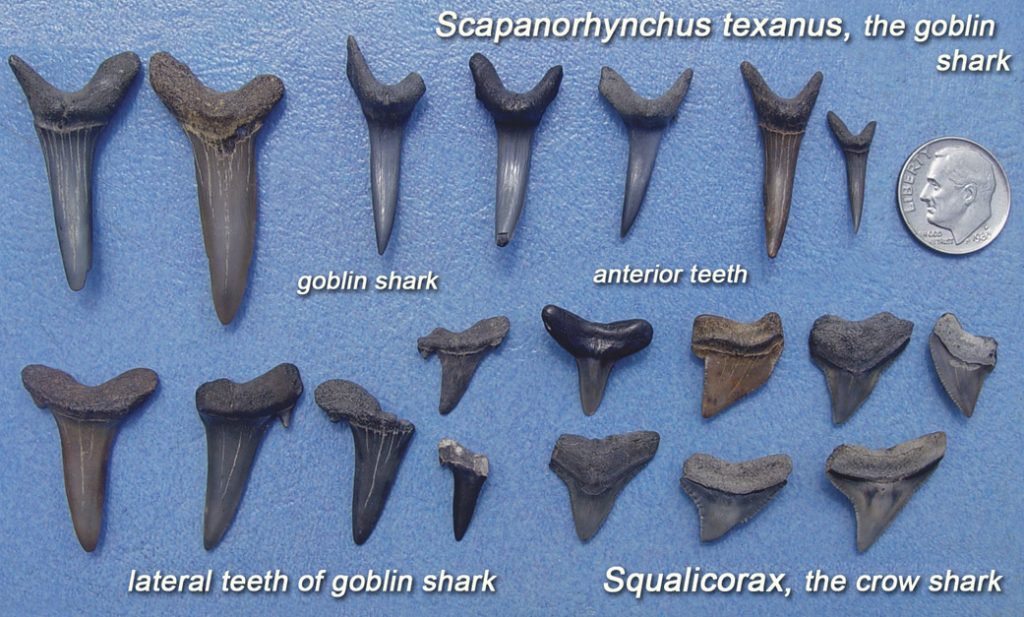With Discovery Channel’s 33rd annual Shark Week starting July 11, The University of Alabama’s timing in celebrating Alabama’s own fascinating shark history couldn’t be better.
But what are ancient shark teeth doing in central and west Alabama? 
Dr. John Friel, director of the Alabama Museum of Natural History, said hunts for the fossilized teeth of extinct shark species are possible because this part of Alabama was underwater during the Cretaceous Period when global sea levels reached their highest point in the entire geological record — more than 850 feet above present-day levels.
“There used to be a large interior seaway connected to the Gulf of Mexico, so there was a coastline that passed through Alabama all the way to up Canada,” Friel said. “While climate change is indeed leading to rising sea levels, I don’t think any models would have the water levels rising to where they were in the Cretaceous period.
“So because Alabama shared this same ancient shoreline we can find the same extinct species of sharks here as in Kansas, for example.
Friel said sharks produce thousands of teeth in their lifetime so he guarantees that those who join the hunt will find their fair share of sometimes broken, but at other times pristine “so sharp you could cut your finger on them” shark teeth.